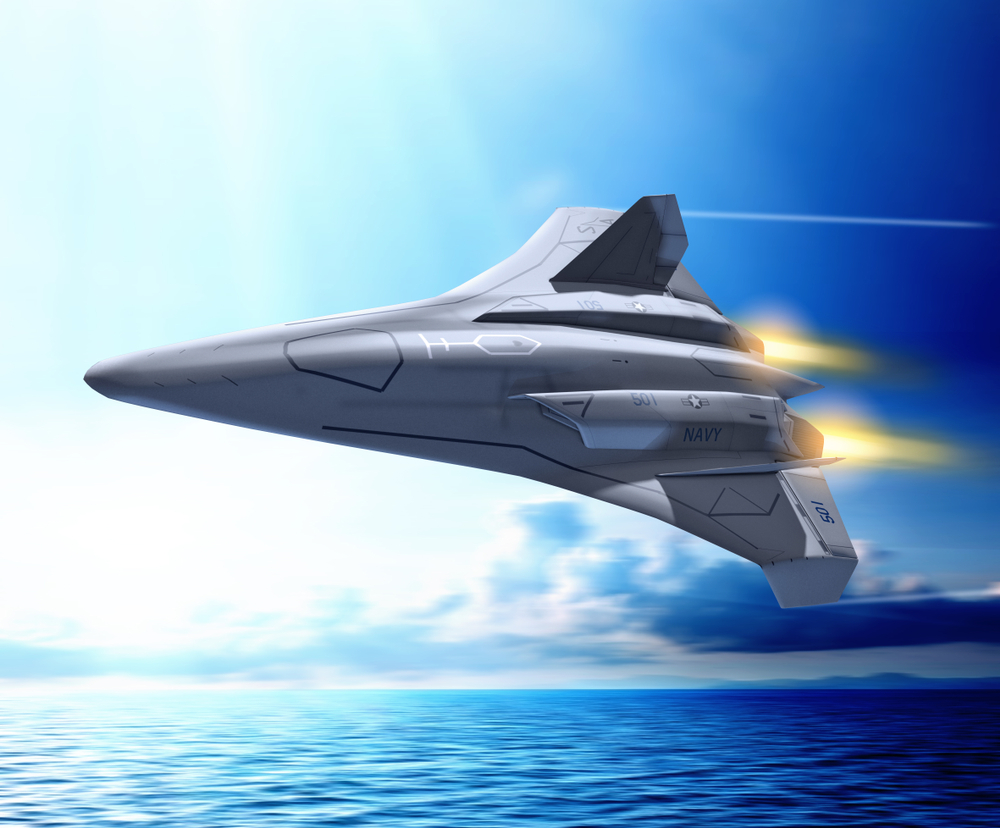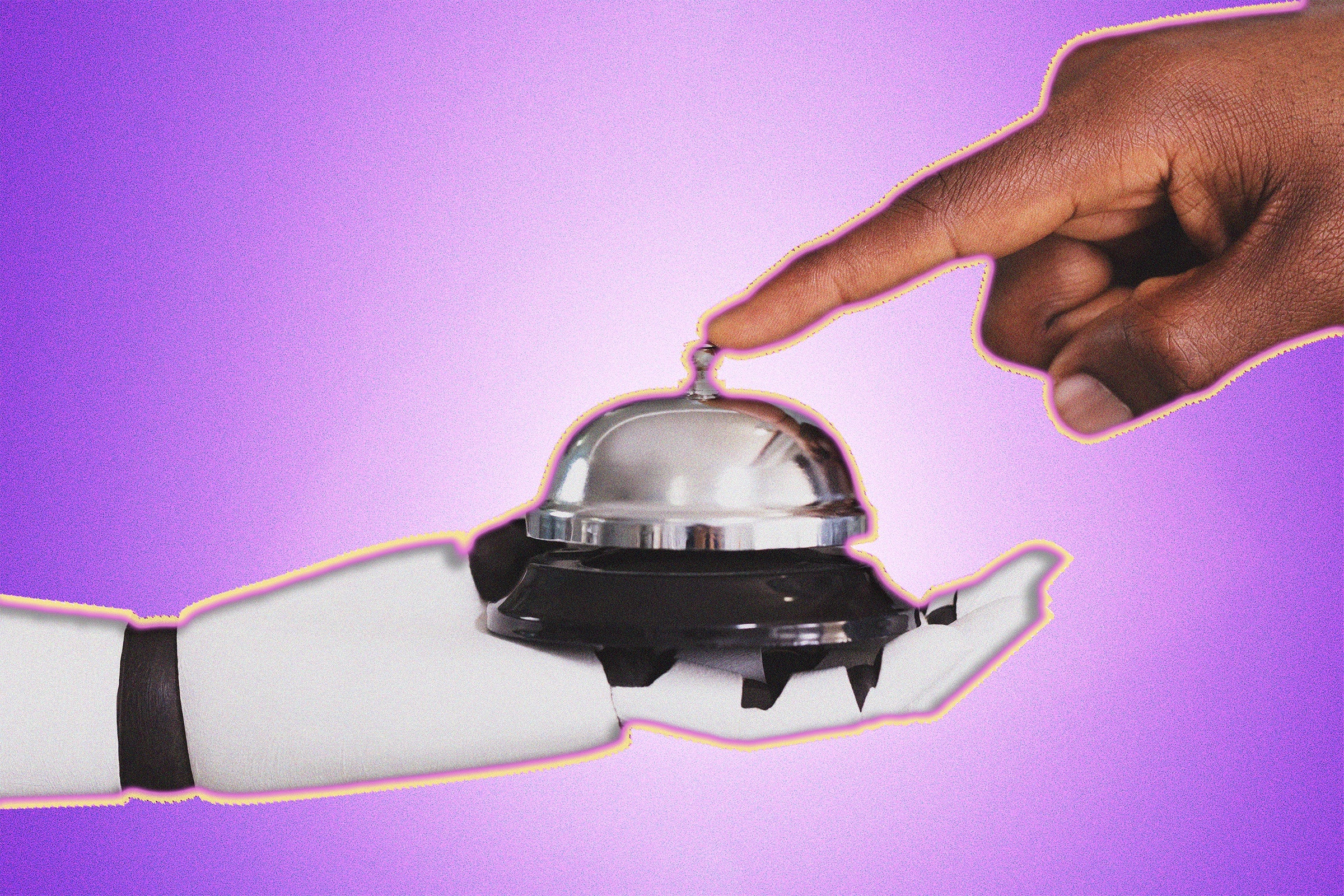A new Pentagon project will see the US Air Force (USAF) supplied with 1,000 mini fighter jets piloted autonomously using AI, rather than human pilots.
Last year we reported that the USAF successfully tested an AI-piloted stealth jet called XQ-58A Valkyrie. Its plan to have swarms of these small autonomous “ghost” fighter jets is gaining momentum with more details emerging.
Boeing, Lockheed Martin, Northrop Grumman, General Atomics, and Anduril Industries are all bidding for the $6b contract. The list will be whittled down to two companies that will start building the jets in the next few months.
The jets, also known as Collaborative Combat Aircraft (CCA), will carry weapons and missiles but will not need to accommodate human pilots. This means they can be a lot smaller, at 20 to 30 feet long, and pull off maneuvers that would be too risky for human pilots.
The jets are expected to be capable of flying as low as 30ft above the ground at 600mph. Here’s a look at one of the contenders, the MQ-28 from Boeing, which was developed in Australia.
Using AI to fly these jets isn’t going down well with some fighter pilots who realize they may soon swap their seats in jets for command and control desk jobs. The superiority of AI systems over human pilots has already been demonstrated and will only improve.
For now, these jets will be used as escorts, rather than completely replacing all human piloted aircraft.
The costs associated with traditional fighter jets and pilot training are big factors in this project. The autonomous jets are expected to cost around $10m each, ten times less than an F-35.
The recent advances in AI technology have delivered increasingly more capable aircraft management systems. A big player in this field is Shield AI. It developed Hivemind, an AI pilot that enables swarms of drones and aircraft to operate autonomously without GPS, communications, or a pilot.
Using Hivemind, a single ground controller could control 10 jets from anywhere in the world. The jets could be given an objective and autonomously direct themselves in a swarm without human intervention.
It’s easy to see why these jets appeal to the Pentagon staff tasked with countering China’s growing military might. How much of the $6b budget is allocated to the ethics of an AI-powered autonomous fighter jet with missiles is unclear.





